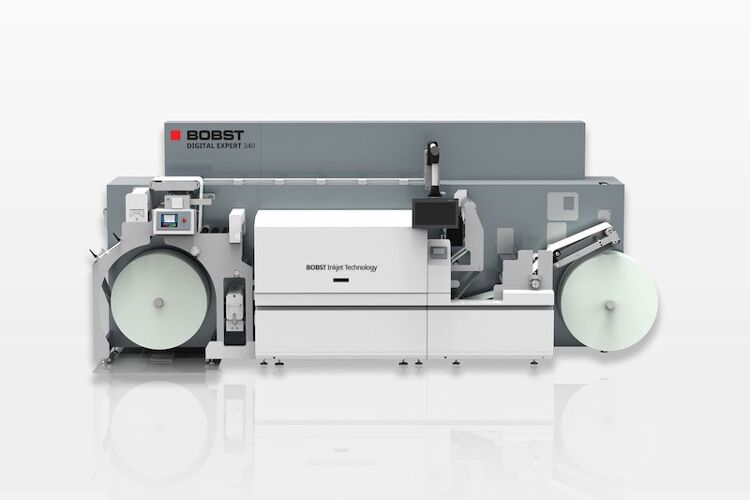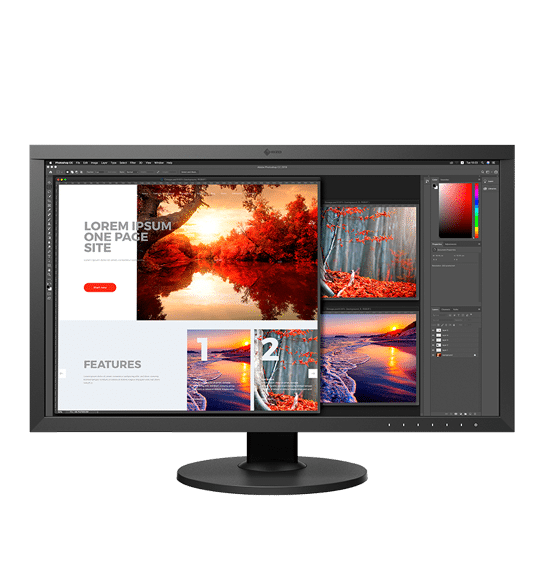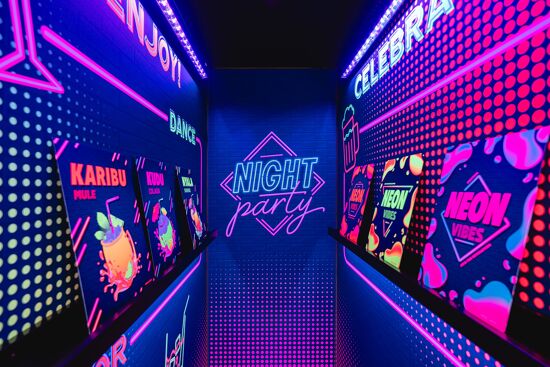Opportunities for large format printers in labelling

Nessan Cleary shares how labelling can present a unique opportunity for large format print suppliers who are looking to grow and diversify their business.
Labelling, which is most commonly seen as a narrow web format, may not seem like the most obvious direction for a large format print business to move into. And yet in recent years several vendors have shown label presses at the Fespa Expos. Labelling could offer a relatively low cost and straightforward way to expand into the growing packaging market. More importantly, it’s sensible to diversify the business to provide a degree of protection when times are tough, as they so often are!
It is possible to produce short run labels on a wide format printer but you will still need to die cut the labels so that they can be peeled off, and most labelling applications will work better if the labels are supplied on a roll. There are plenty of cutting solutions that can take care of both of these issues. But beyond a certain volume it’s simply more efficient to invest in a dedicated label production line complete with printing and converting.
It is generally accepted that label run lengths are falling, mainly as brands seek to use more targeted marketing and versioning. The majority of labels are still printed on conventional narrow web flexo presses but digital label presses have become more common in the last ten years or so. Recently there have also been a number of hybrid presses, either adding digital printing to a flexo press, or adding a limited number of flexo units for spot colours and converting to a digital press. The pandemic also boosted the appeal of digital printing, as this allowed companies to quickly change their product mix to favour food and medicines during the various lockdowns that we all endured.
There is also a growing crossover between labels and packaging with a trend for running small packaging applications such as pouches on narrow web presses. This has led to label presses becoming wider in order to handle more types of packaging. Most digital label presses take substrates up to around 340mm wide. Some digital machines can go wider, up to around 510mm and this trend will only continue. However, you will need to think carefully about the converting equipment to take advantage of this.
Another issue is the colour gamut. Labelling, as with packaging, typically uses a lot of spot colours so that brands can precisely specify their colours. However, this results in a certain amount of makeready time between jobs on a flexo press to wash out the cylinders and replace the spot colours. Since digital presses use the same inkset for every job, there’s very little makeready time between jobs, which is one of the main advantages of a digital press. Most digital presses can produce a fairly wide colour gamut with the four process colours but some also offer additional colours, typically orange, green and violet. Most label presses also include white ink, which is essential for printing to darker label stocks as well as transparent labels for the increasingly popular no-label look.
Label printing technology
Leaving aside the conventional flexo presses, there are several digital technologies to choose from. The most obvious is single pass inkjet, with most of the current inkjet presses using UV-curable inks that can print to most of the various label substrates that are available without requiring any further treatment. There are a lot of different vendors making inkjet presses, including conventional flexo manufacturers such as Gallus and Bobst, as well as established digital players like Durst, Domino, Epson and Screen. There are also newer entrants such as the Chinese company Flora, and the Indian manufacturer Monotech. The older machines run at speeds of around 50mpm but the upper end of this bracket can reach 80 to 100mpm.
 Caption: Bobst has makes this Digital Expert 340 narrow web inkjet press, which can also be configured with flexo units for converting. Image credit: Bobst.
Caption: Bobst has makes this Digital Expert 340 narrow web inkjet press, which can also be configured with flexo units for converting. Image credit: Bobst.
Many digital label press vendors are working on developing aqueous inks for label presses. This is partly because the label industry is becoming more conscious about its environmental footprint, but also because water-based inks will be more suitable for food packaging. Several vendors have developed entry level label presses using Memjet’s thermal printheads and water-based inks though these require a coating for synthetic stocks. Canon has shown off a prototype, the LabelStream 2000, that uses thermal printheads combined with aqueous inks. This should be available by next year. Epson also sells the SureColour L-4733A/W, which uses a water-based resin ink and offers CMYK plus orange and green with an optional white. However, this is not a single pass machine and is limited to 8.2mpm.
 Caption: Flora showed this J330s inkjet label press at the recent Fespa 2024. Image credit: Nessan Cleary.
Caption: Flora showed this J330s inkjet label press at the recent Fespa 2024. Image credit: Nessan Cleary.
The main alternative to inkjet is toner, which is much less fussy than inkjet in terms of substrates. Xeikon, which was an early player in the digital label market, has developed the Cheetah range of label presses using dry toner electrophotography, which has five colours and runs at 42mpm. Xeikon has also developed a variation, the Titon, which is primarily aimed at packaging. Xeikon has hedged its bets and also sells the Panther range of UV inkjet label presses.
 Caption: These pouches were printed on a HP Indigo label press. Image credit: Nessan Cleary.
Caption: These pouches were printed on a HP Indigo label press. Image credit: Nessan Cleary.
Konica Minolta has used the dry toner engines from its production printers as the base for developing the AccurioLabel range of level presses. These are cost effective but also robust enough to withstand continuous multi-shift work. They’re not the fastest machines but are well-suited to very short runs, leaving the more expensive presses for longer runs.
Then there is the liquid toner approach favoured by HP Indigo, which makes both dedicated narrow web label presses like the 6K as well as the wider 200K that also targets the packaging market. The latest HP Indigo press, the V12, is said to be the fastest digital narrow web press currently available with a maximum speed of 120mpm.
The other thing to consider is the converting that’s necessary to turn the prints into labels. There are a range of different finishing steps, including die cutting the labels, laminating and foiling. There’s a lot to be said for starting with a hybrid press with all printing and finishing all inline. However, a dedicated finishing line does offer more flexibility, particularly if you’re running multiple label presses. This is where a multi-station converting line such as ABG’s Digicon 3 comes into its own.
In conclusion, labelling is a relatively straightforward market sector for experienced large format users to diversify into. It also includes a way into the packaging market, which many wide format printers are already looking at. There’s a choice of different print technologies but fundamentally it’s a matter of balancing the level of productivity you need with the level of investment you want to make, which applies equally to wide format.
Interested in joining our community?
Enquire today about joining your local FESPA Association or FESPA Direct
Recent news

Kernow Coatings to showcase innovative solutions at FESPA 2025
Kernow Coatings will showcase innovative, sustainable wide-format printing solutions at FESPA 2025. Highlights include a collaboration with Ricoh for a space-themed booth, featuring KernowJet MetaliK and Interiors Structured Silver. They'll also present recyclable wallcoverings and PVC-free media, emphasizing high-performance, eco-friendly options.

Understanding the differences and similarities between monitor and RBG Device ICC Profiles
Paul Sherfield explores the the intricacies of RGB monitor profiles and RGB device profiles, uncovering the challenges and considerations that we can face in the colour management field face daily.

European Sign Expo: Where Visionaries Meet
In under one month’s time, sign makers and visual communications specialists will congregate at European Sign Expo 2025 to see the latest technology developments and trends across the sign industry.

From Imagination to Fabric: Exploring Generative AI with ROQ and Printbox
ROQ and Printbox's upcoming session at SmartHub Conference at Personalisation Experience will demonstrate real-time AI-powered t-shirt personalisation. Attendees will be able to create designs with AI, printed live on ROQ's DTG printers. This will showcase the power of combining generative AI with on-demand printing, revolutionising customer experience and apparel customisation.